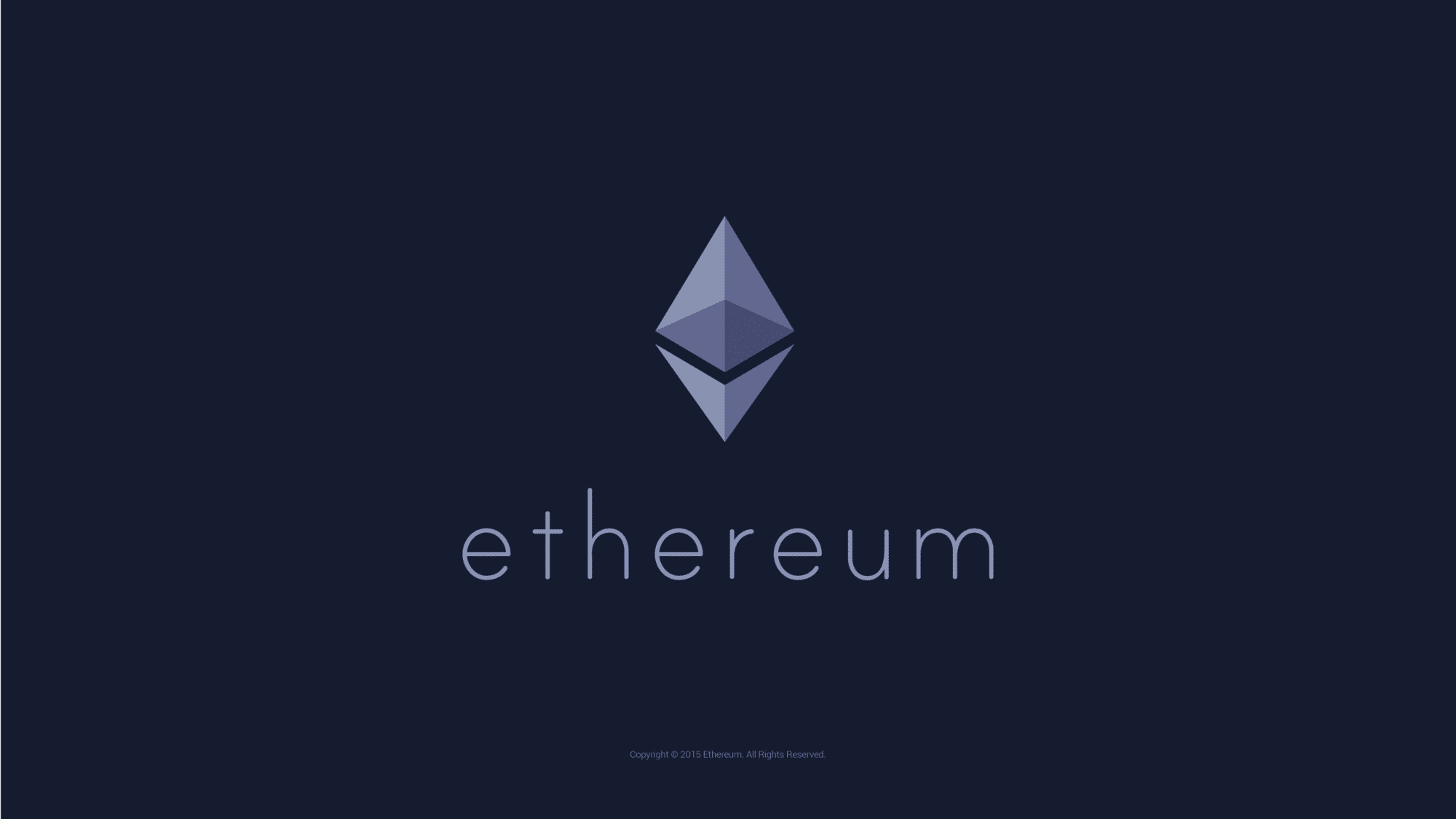
Now that you know "How Ethereum Mining Works", you may want to know how to compete in the race to mine ether yourself.
To recap, mining is the glue that holds ethereum's 'decentralized app store' together by ensuring that it comes to consensus on each change to any of the applications (dapps) running on the network.
Take the online notebook described in "What is Ethereum?". The network would not come to consensus about the 'state' of the notebook (say, if a note is added or deleted) without the computational power to process the changes.
Miners set computers loose to solve cryptographic puzzles in an attempt to win ether, and they need to try a huge number of computational problems until one unlocks a new batch of the asset.
One of the interesting things about open blockchains is that, in theory, anyone can set their computers to focus on these cryptographic puzzles as a way to win rewards.
The catch is that mining on major public blockchains tends to require more and more power over time, as more people invest in more powerful hardware.
In this day and age, those mining with low-powered setups are unlikely to win, but it's still a viable past-time for hobbyists and enthusiasts alike.
Choosing mining hardware
Before getting started, you will need special computer hardware to dedicate full-time to mining.
There are two types of mining hardware: CPUs and GPUs. GPUs boast a higher hash rate, meaning they can guess puzzle answers more quickly. At time of writing, GPUs are now the only option for ether miners.
Settling on a GPU is a complex task and you can browse plenty of advice about which ones are the most profitable based on hash rate performance, power consumption and the initial expense of the card. You probably want to set up a mining rig, a machine that might be composed of multiple GPUs and might take a week to build.
Mining profitability calculators show the likely amount of ether you'll earn at a given hash rate, and whether that ether is enough, when set against setup and electricity costs, to make a profit.
Unlike bitcoin, powerful and fast ethereum ASICs aren't available right now.
Installing the software
After selecting some mining hardware, the next step is to install the mining software. First off, miners need to install a client to connect to the network.
Programmers familiar with the command line can install geth, which runs an ethereum node written in the scripting language 'Go', or any of a number of clients.
Download Geth here, using the directions for your appropriate operating system (Windows, Mac OS, or Linux), unzip it and run it.
Once installed, your node can 'talk' to other nodes, connecting it to the ethereum network. In addition to mining ether, it provides an interface for deploying your own smart contracts and sending transactions using the command line.
Testing
It's also possible to mine 'test' ether on your own private network to experiment with smart contracts or decentralized applications (activities that require the use of tokens).
Mining on a test network doesn't require any fancy hardware, just a home computer with geth or another client installed. But, minting fake ether obviously isn't going to be very lucrative.
You can read more about how to set up a test network here, and how to start mining on it here.
Install Ethminer
If you're interested in mining 'real' ether, you need to install mining software.
Now that you've downloaded a client and your node is a part of the network, you can download Ethminer. Find the download for your appropriate version of Windows here, or GPU mining instructions for other operation systems here.
Once installed, your node will officially play a part in securing the ethereum network. For more detailed instructions on any of the above, visit the official ethereum website.
Joining a mining pool
As a miner, you're unlikely to be able to mine ether on your own.
That's why miners 'pool' together their computational power into 'mining pools', to improve their chances of solving the cryptographic puzzles and earning ether. Then, they split the profits proportional to how much power each miner contributed.
There are many factors involved in joining a mining pool. Each pool might not be around forever, and the computational power of each pool is constantly changing, so there are a number of factors that go into deciding which to join.
One point to keep in mind is that mining pools have different payout structures.
Mining pools will have some sort of a signup process on the website so that miners can connect to the pool and begin mining.
Keep in mind, though, the mining world is a whirlwind of change. The tools that you pick up today might be obsolete next year, and some mining pools might fall away while others emerge, so it's worth keeping aware of industry shifts.
source: https://www.coindesk.com/information/how-to-mine-ethereum/
really you're giving a good post sharing with us
thank you for this post
Downvoting a post can decrease pending rewards and make it less visible. Common reasons:
Submit
Congratulations @rboghosian1021! You received a personal award!
Click here to view your Board
Downvoting a post can decrease pending rewards and make it less visible. Common reasons:
Submit
Congratulations @rboghosian1021! You received a personal award!
You can view your badges on your Steem Board and compare to others on the Steem Ranking
Vote for @Steemitboard as a witness to get one more award and increased upvotes!
Downvoting a post can decrease pending rewards and make it less visible. Common reasons:
Submit